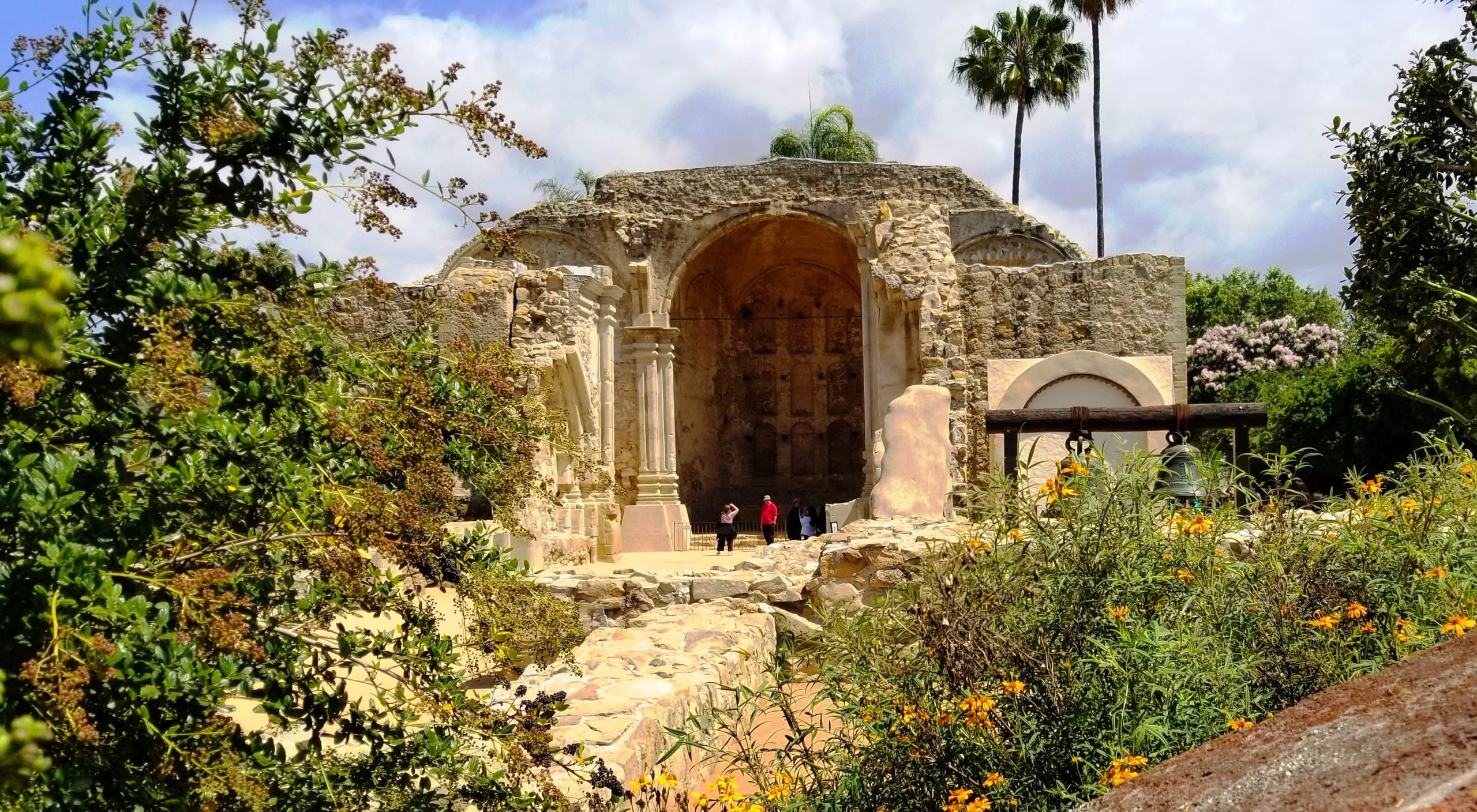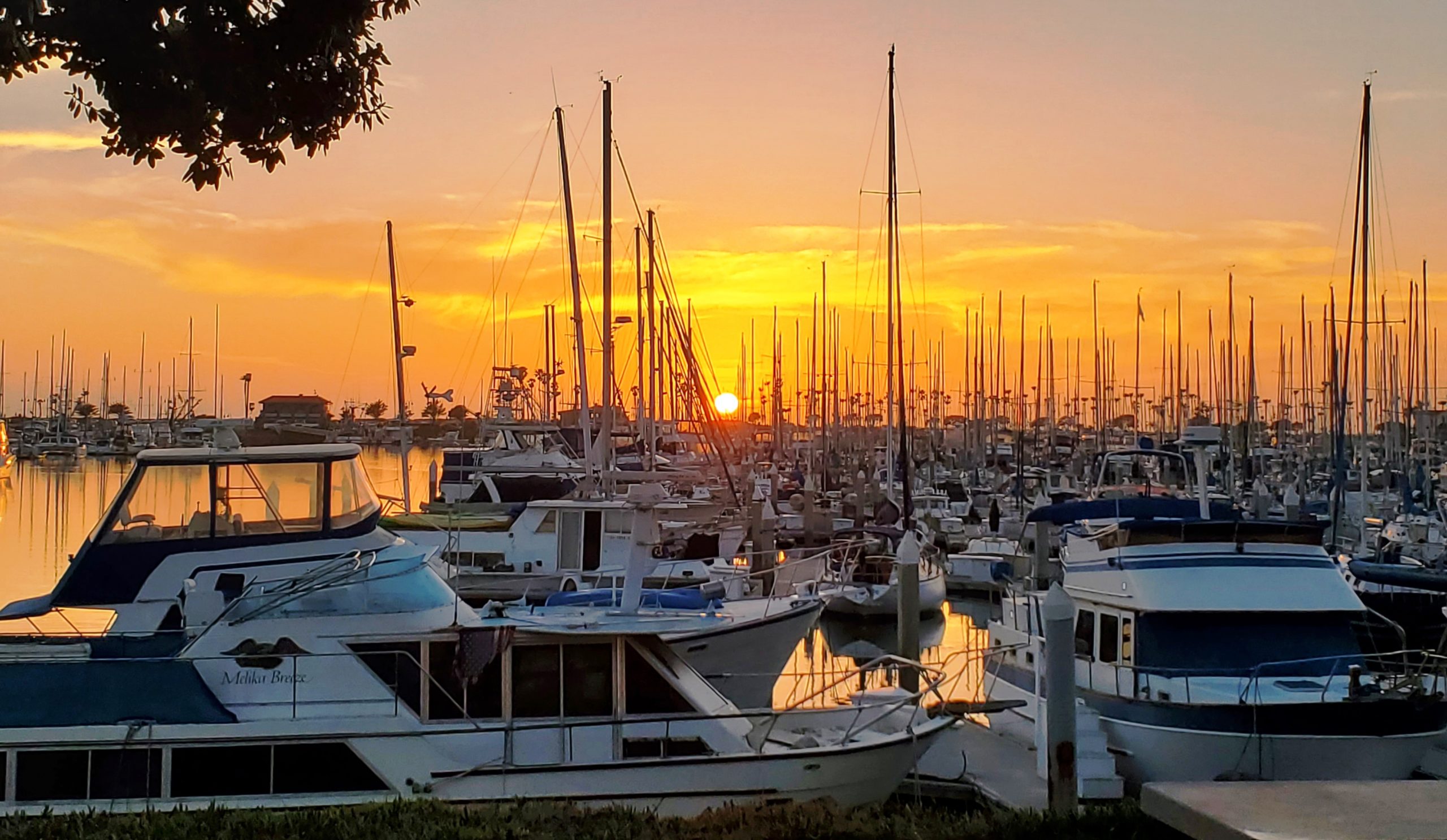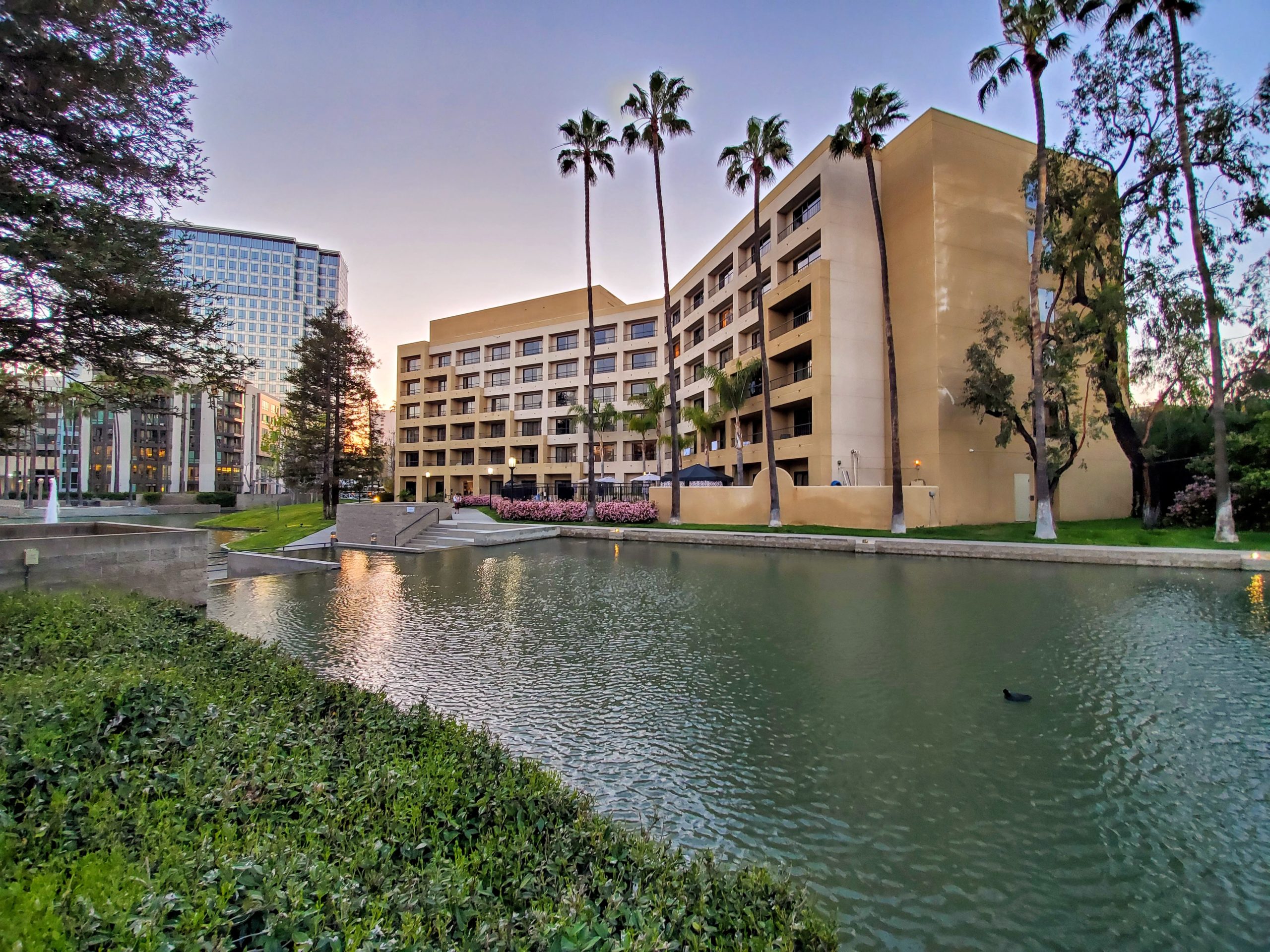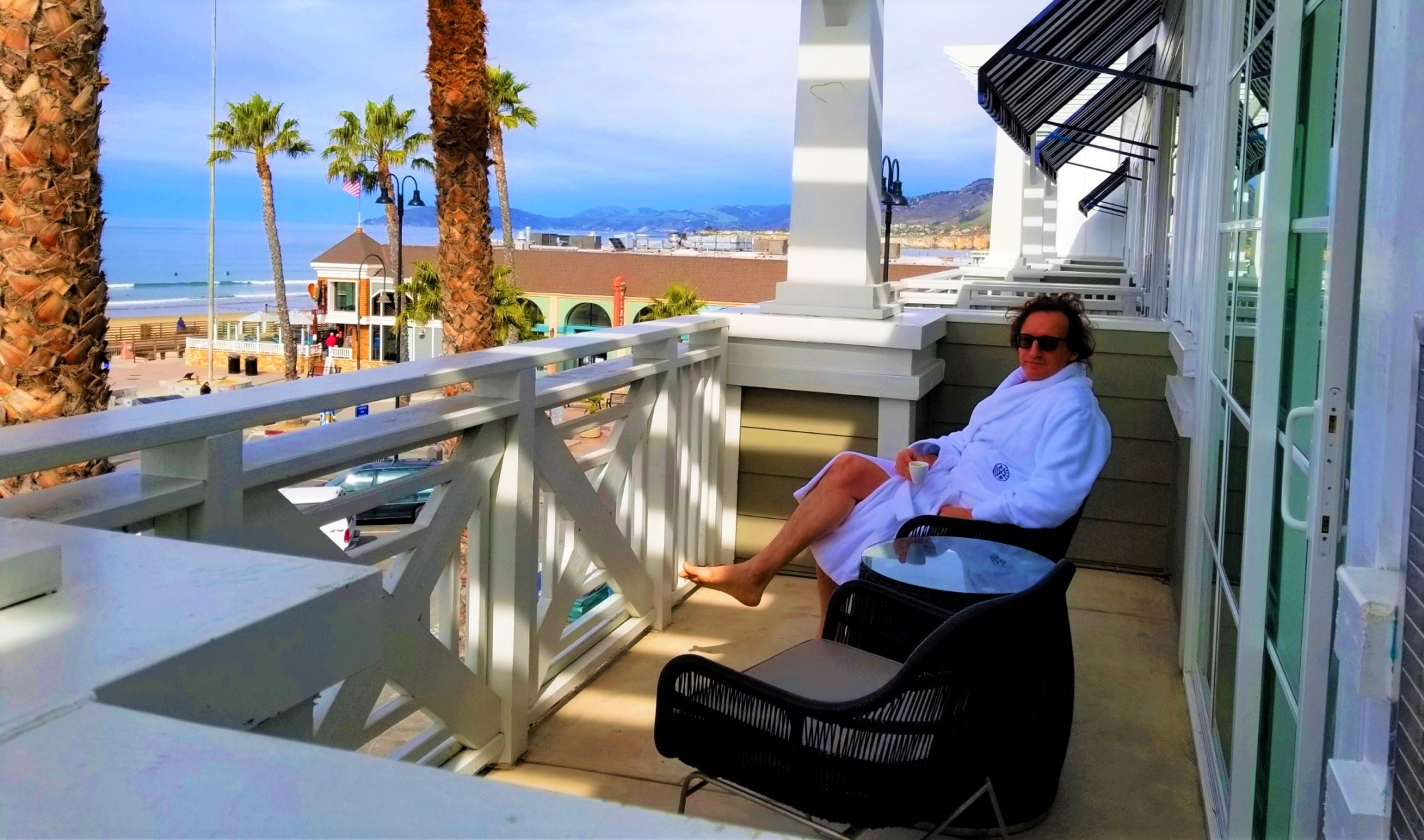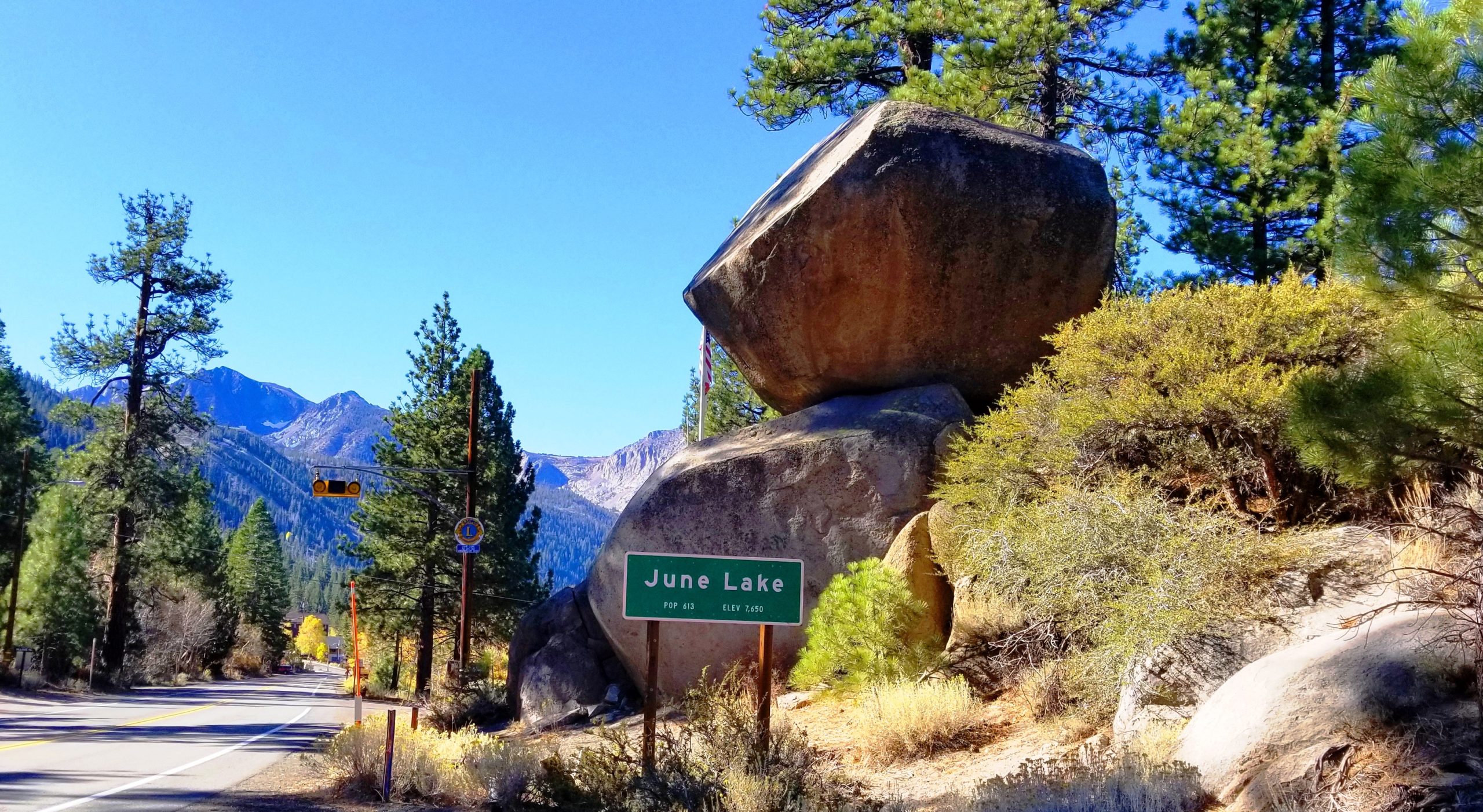Each year thousands of swallows fly 6,000 miles from Goya, Argentina to San Juan Capistrano, Calif. in large groups. The chestnut and orange-colored birds return to reclaim their old mud nests in the ancient arches and walls of the city’s historic Mission, and to raise their young in the warm coastal climate. I don’t visit the city as often, but when I do it’s always a fun and rewarding experience.
On Feb. 4, the Mission reopened to the public following the governors lifting stay-at-home orders. With this exciting news, I would like to look back on my last visit to the historic site.
My getaway to the mission started when a friend and I stopped in San Juan Capistrano for the night while on our way to Legoland in Carlsabad. Our adventure began at the Best Western Capistrano Inn. Located directly off the 5 Freeway, the hotel is walking distance to shops, restaurants and Mission San Juan Capistrano.
Our room came with a comfy king bed, an office desk area, a microwave and mini-fridge, free internet and a balcony overlooking the nearby hills. The hotel also features a pool and a laundry room. Once settled in, we walked about a half-mile to Mission San Juan Capistrano.
As the seventh of 21 missions to be established in California by the Spanish, Mission San Juan Capistrano was originally founded on Oct. 30, 1775. But this didn’t last long as the site was abandoned eight days later after an attack at the San Diego Mission sent shock waves up the coast, causing builders to bury their church bells and flee.
On Nov. 1, 1776, Father Junipero Serra returned to the abandoned site and found the original bells and cross still safe in their hiding place in the ground. Mission San Juan Capistrano was then founded on that day and shortly thereafter a little adobe chapel was built, which to this day stands as the oldest church structure in California. After completing the chapel, the Spaniards built a magnificent stone church, which was destroyed in the earthquake of 1812.
Today the 10-acre mission grounds feature numerous buildings and spectacular ruins from the early days of California. There are also beautiful gardens, statues, fountains and walkways, as well as a cemetery where former inhabitants are buried in marked and unmarked graves.
Besides tourists from around the world, the Mission also welcomes the legendary cliff swallows from Argentina. Each March 19 (also known as St. Joseph’s Day), the birds fly in as they have for centuries. It is believed they moved into the Mission when it was built because of its location near two rivers, which offers plenty of insects for food and is a perfect setting for nests and raising baby birds.
After touring the mission, we walked a couple blocks to Los Rios Historic District, one of the oldest continuing neighborhoods in the state. Located across the Amtrak railroad tracks of the Capistrano Depot, the area resembles a movie set and boasts 31 classic structures lining both sides of Los Rios Street. Among these structures are three adobe homes built in 1794 for Mission families.
Other neighborhood highlights include the O’Neill Museum, a 100-year-old wooden structure with period furniture and guided history tours; the Zoomars Petting Zoo, where children can ride ponies and feed rabbits, goats and llamas. There are also a handful of interesting shops and cafes — all located in historic old homes, shaded by willow, eucalyptus and palm trees, and cactus and bougainvillea plants.
From the Los Rios we got back in the car drove a few miles down Ortega Highway to Caspers Wilderness Park, an 8,000-acre protected wilderness preserve nestled among the river terraces and sandstone canyons of the western coastal Santa Ana Mountains. The park offers picnicking, hiking, horseback riding, mountain biking and numerous camp sites.
During our visit we found a secluded valley, surrounded by native Live Oak and California Sycamore trees and enjoyed a picnic. While eating we spotted rabbits and squirrels. After lunch we found a hiking trail and followed it over rocks and cactus to a beautiful flowing stream at the base of a verdant hill. We then discovered a horse pen with two playful stallions rolling around the dirt. The park charges a day use parking fee of $3 per vehicle Monday – Friday; $5 Saturday – Sunday.
Mission San Juan Capistrano is open Thursday through Sunday, 9 a.m. – 4 p.m. Admission: adults – $14; seniors – $12; under 4 free. For more information, visit: missionsjc.com.

